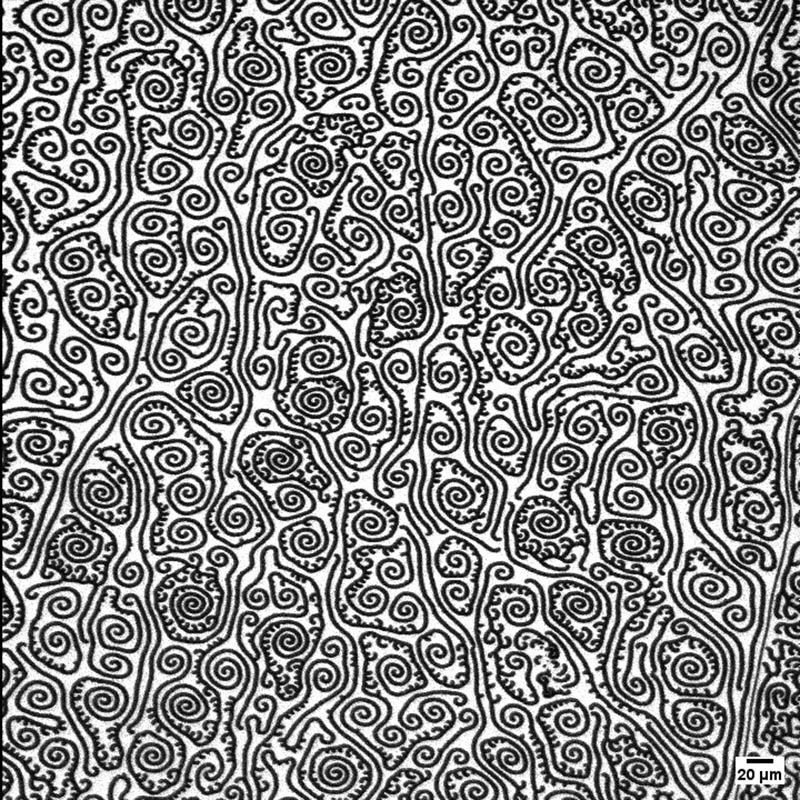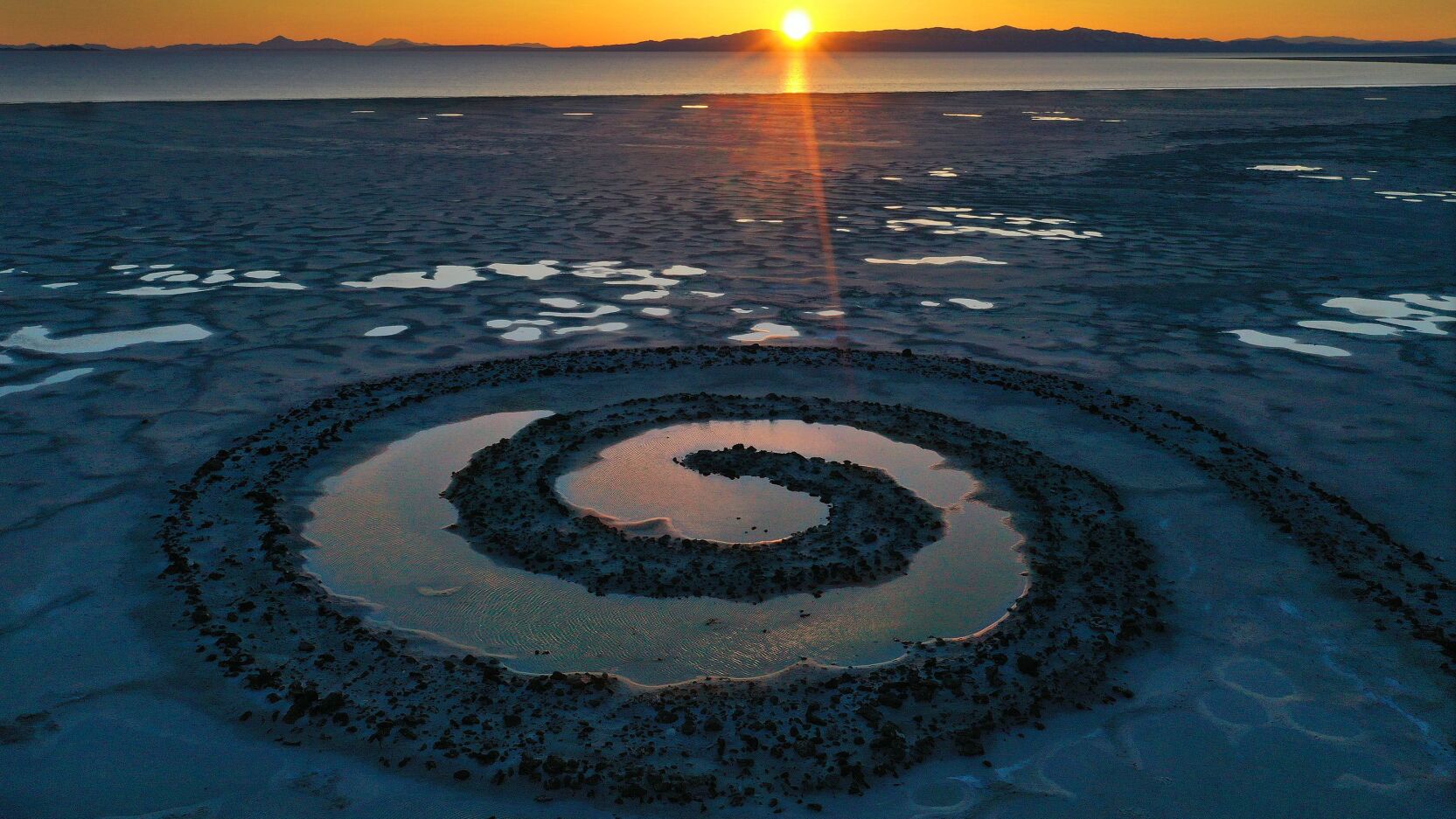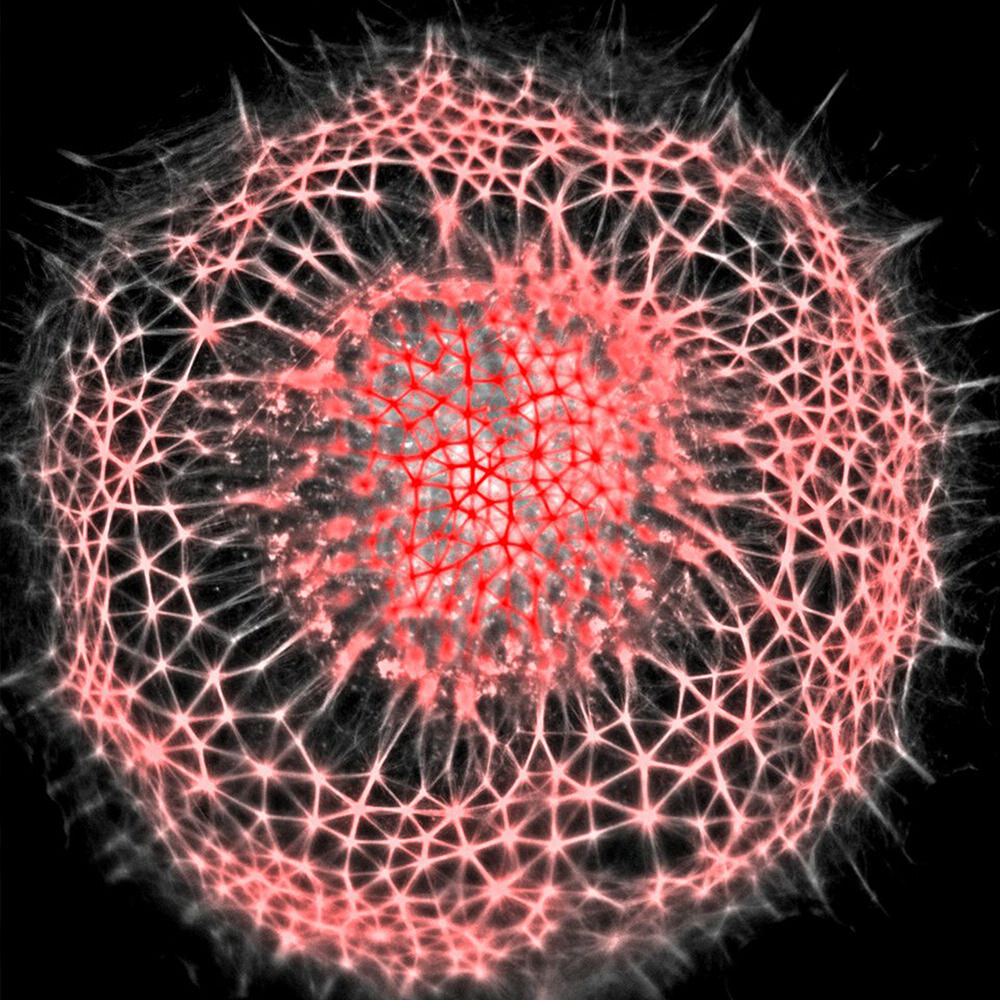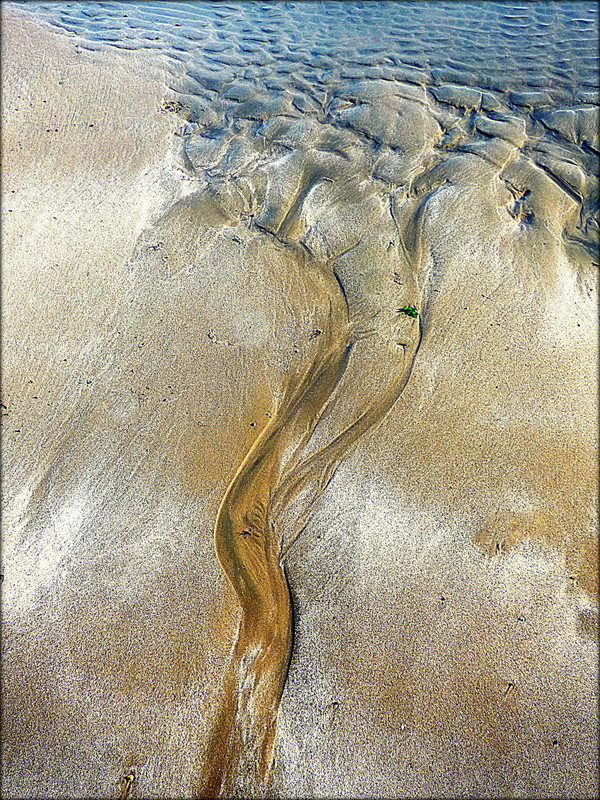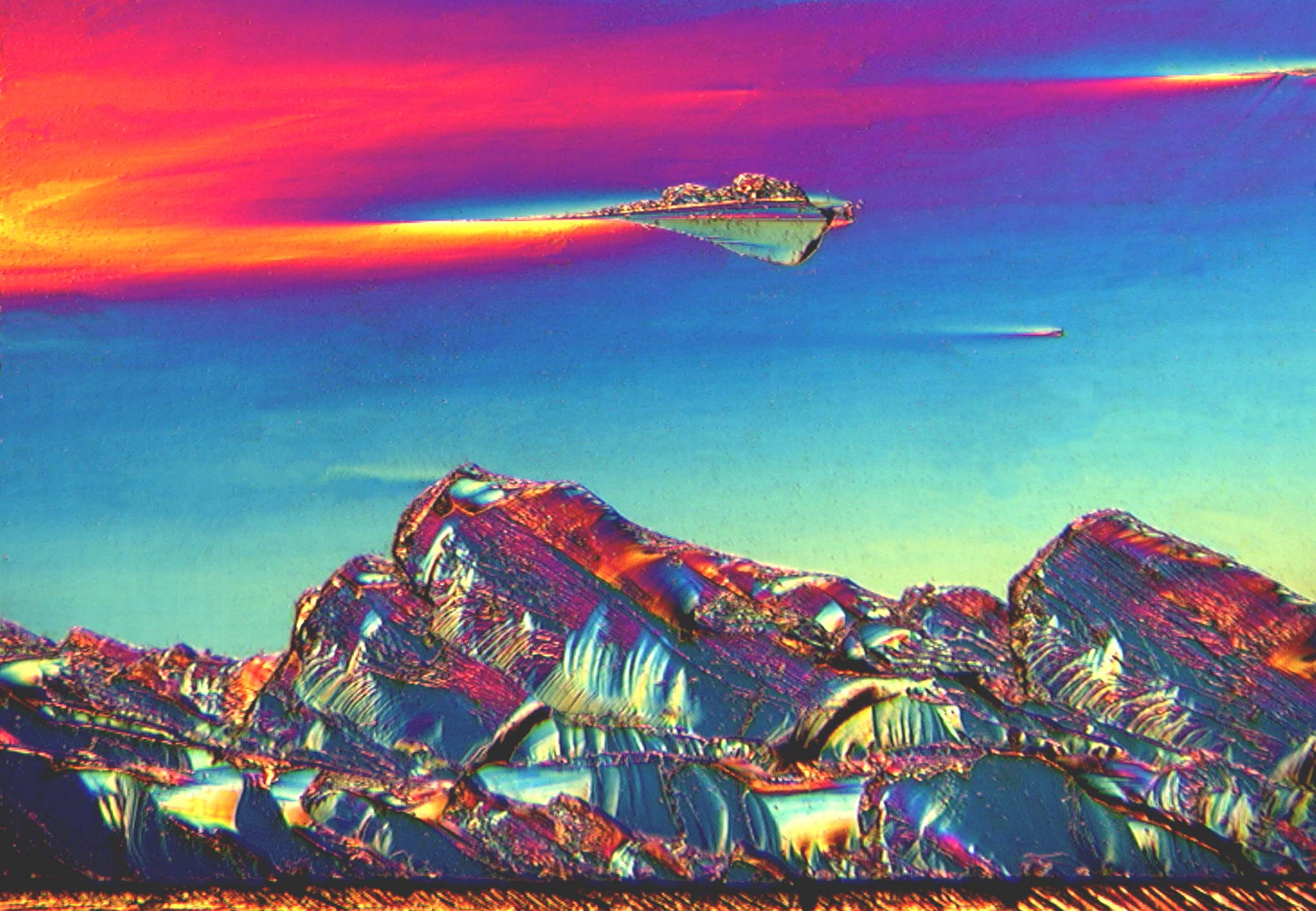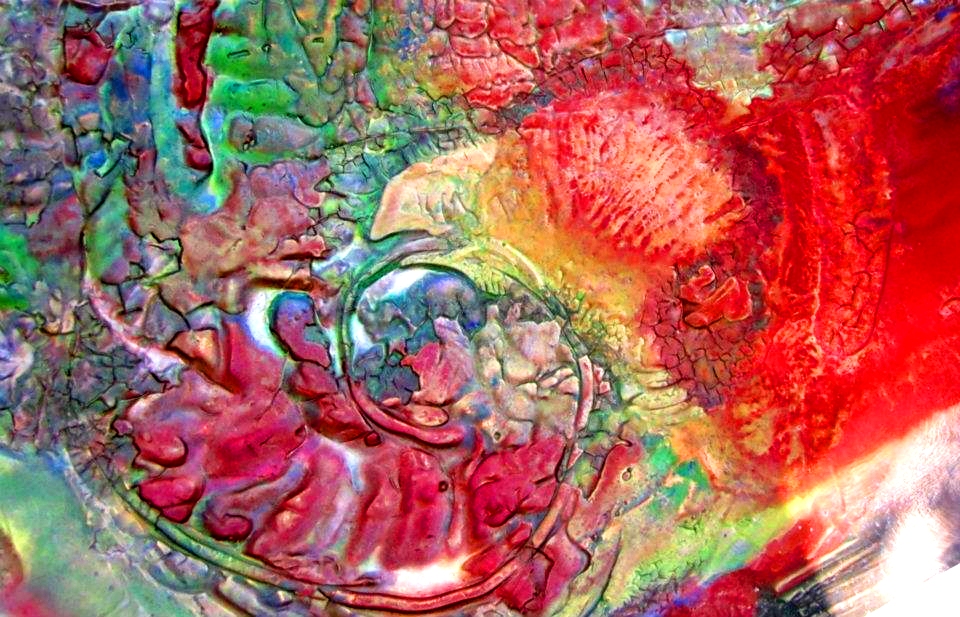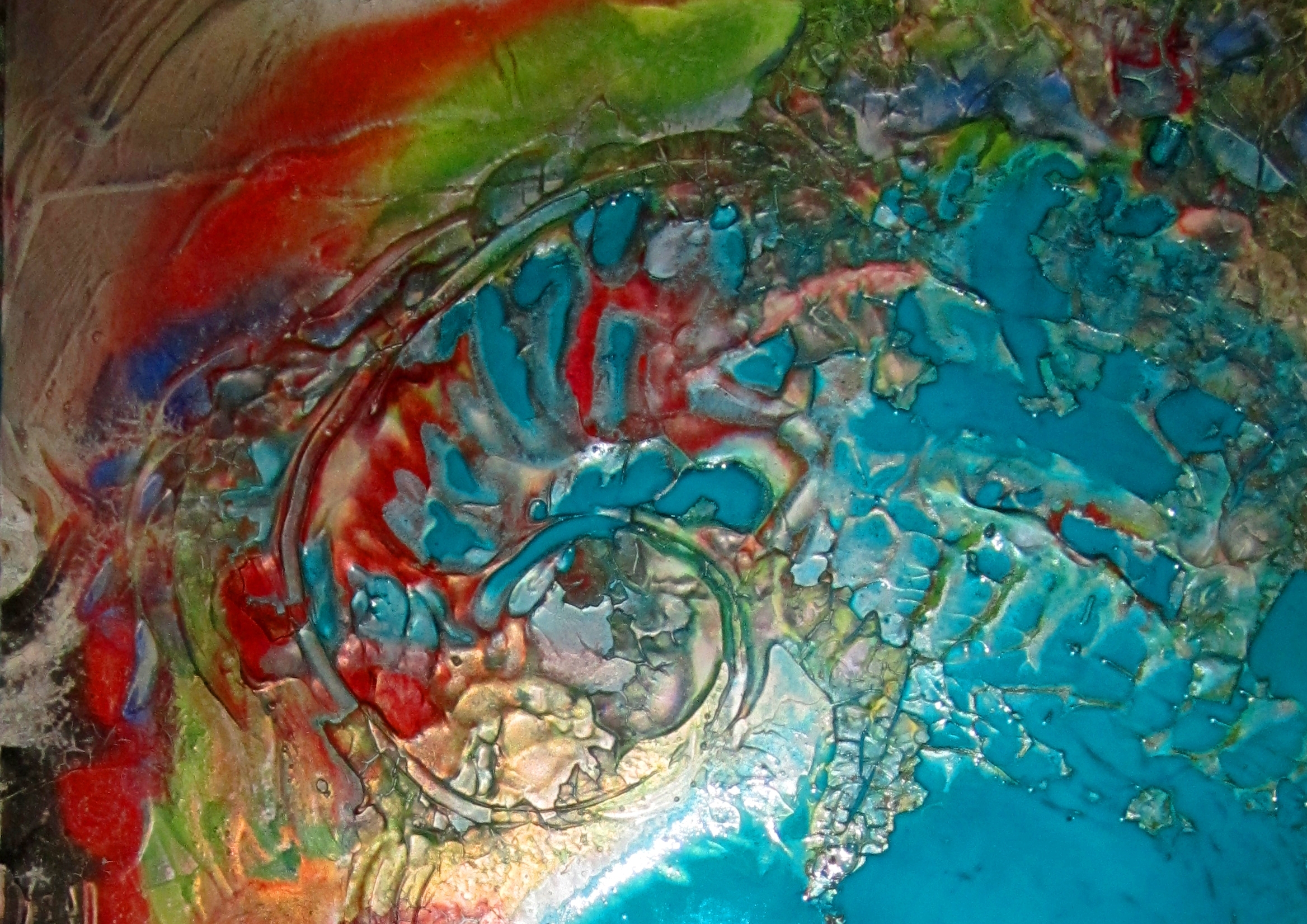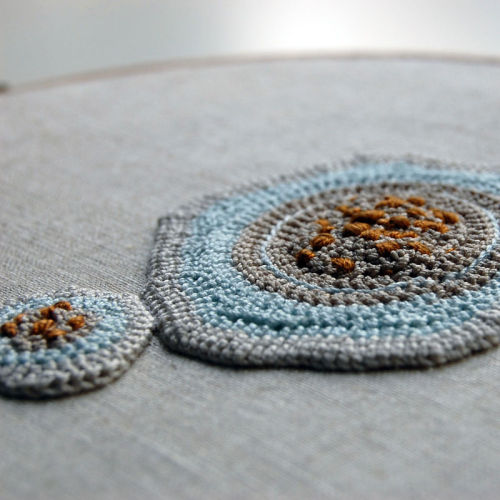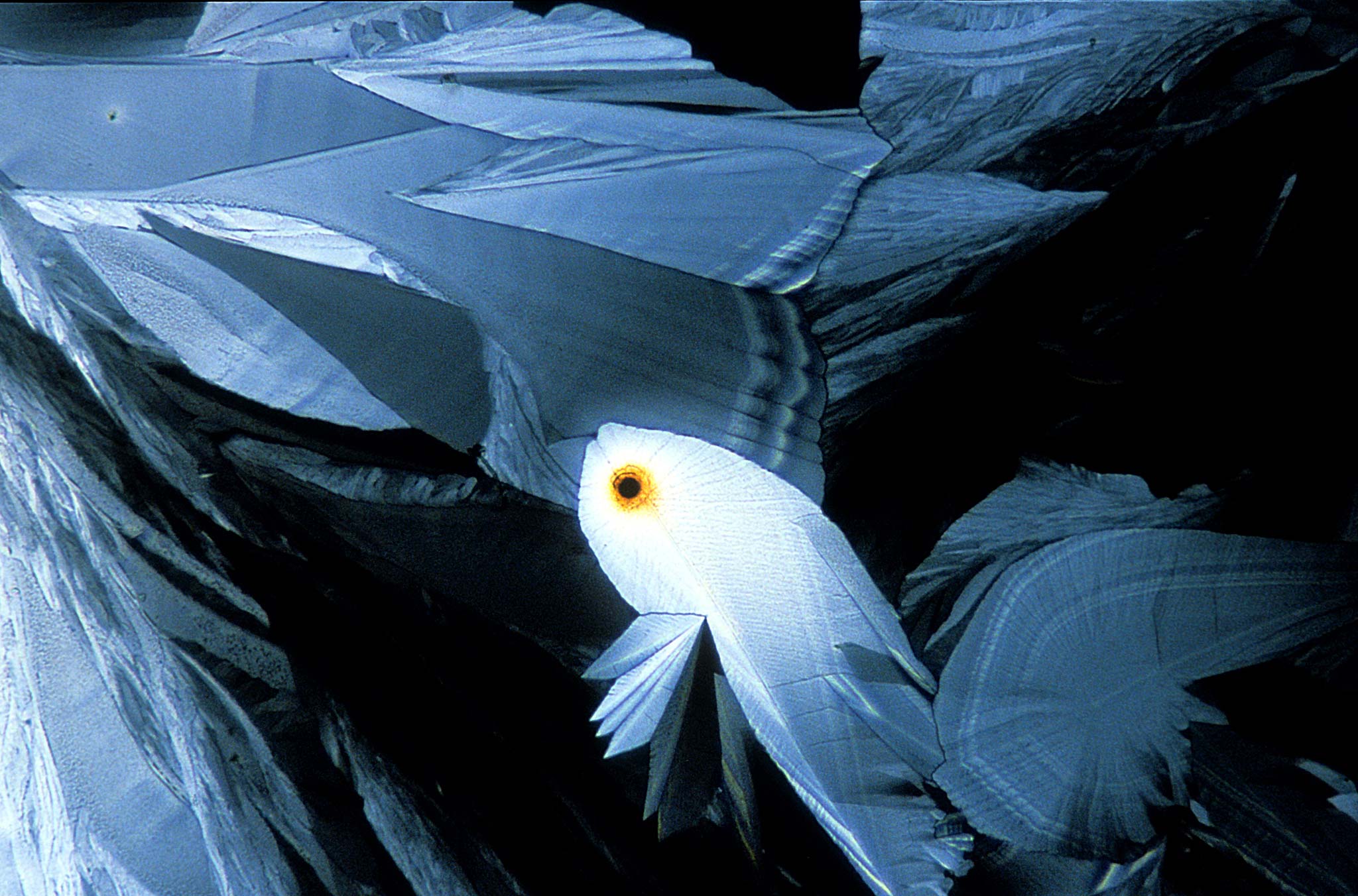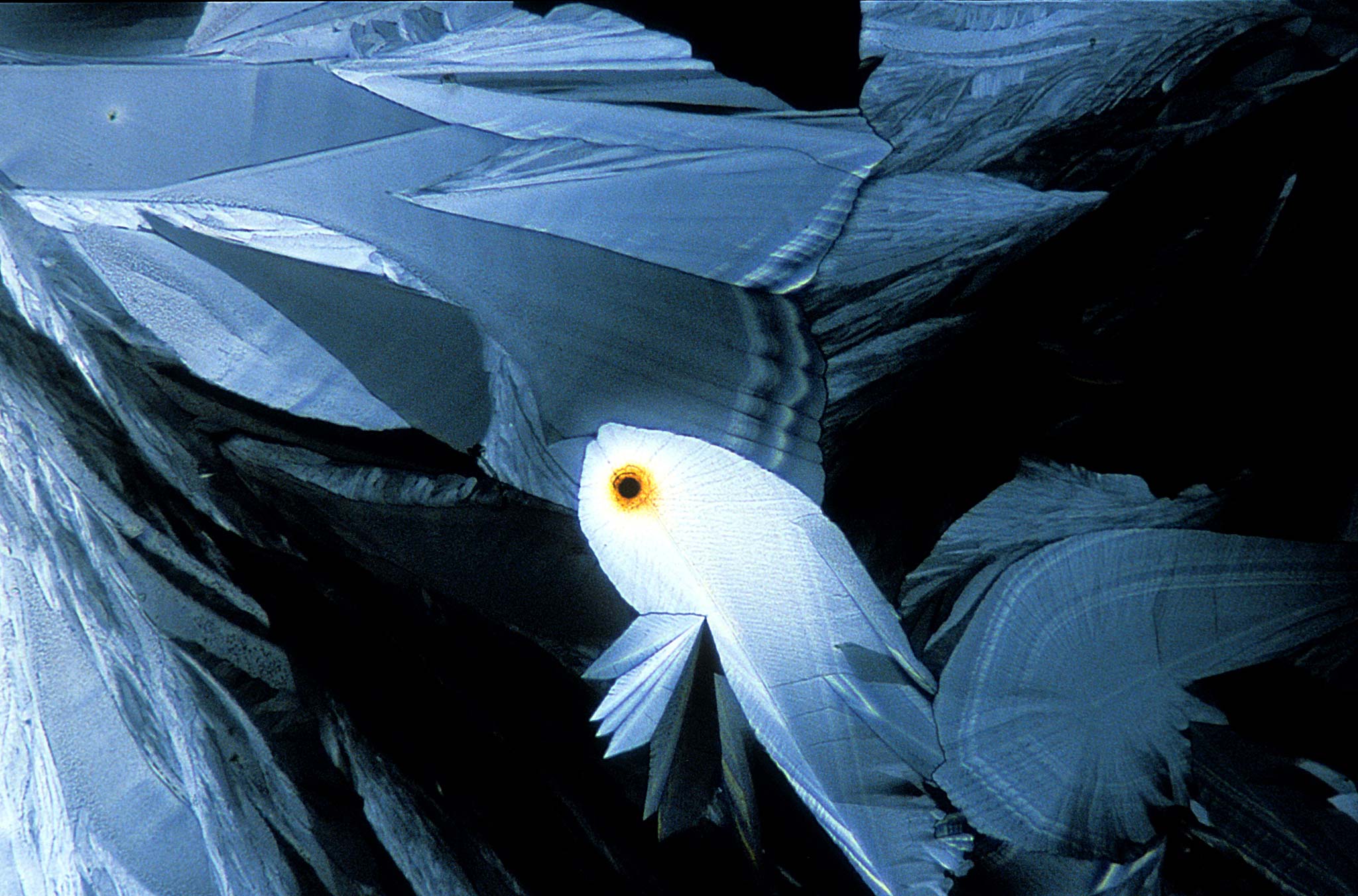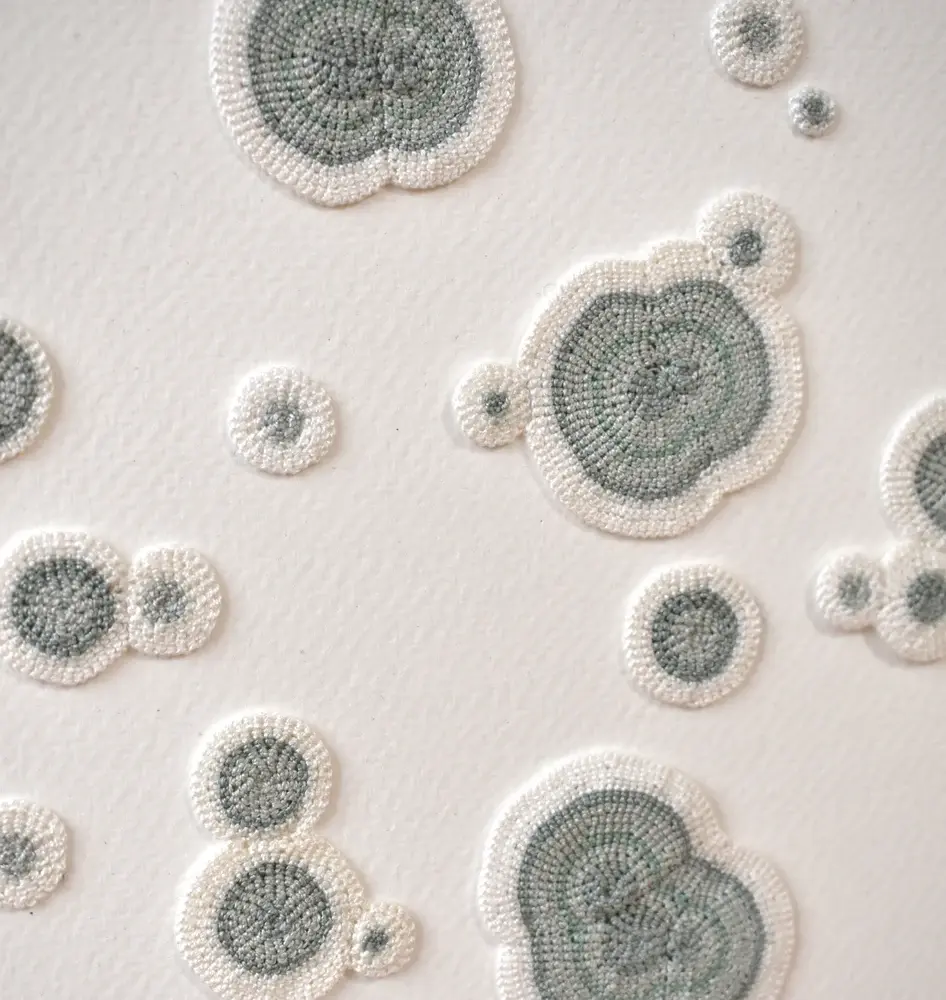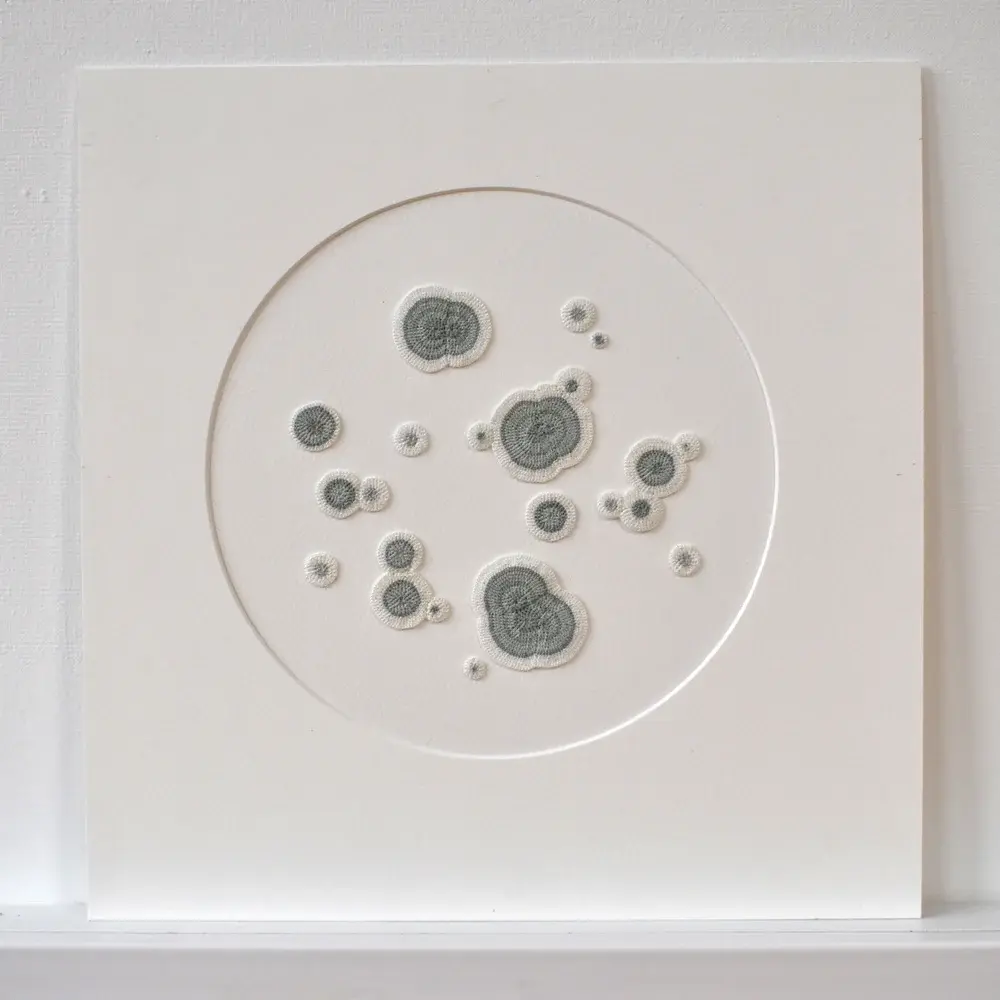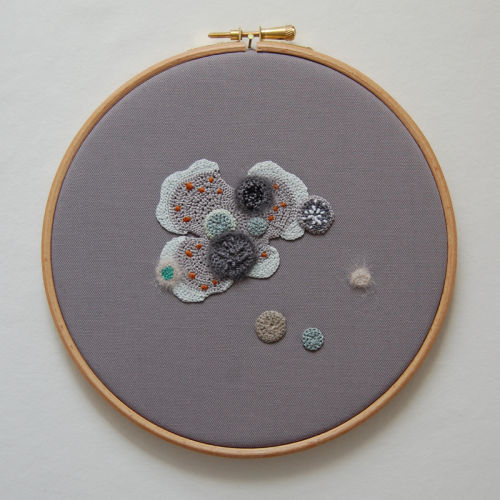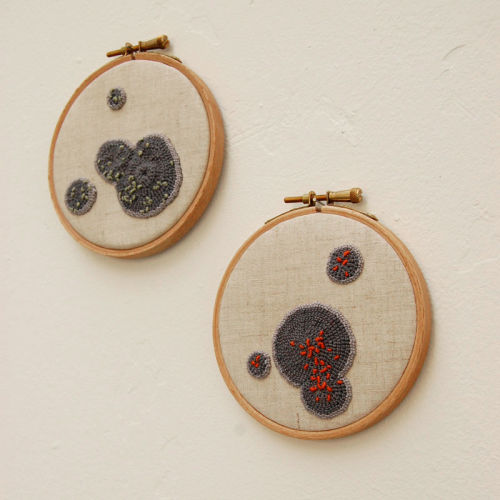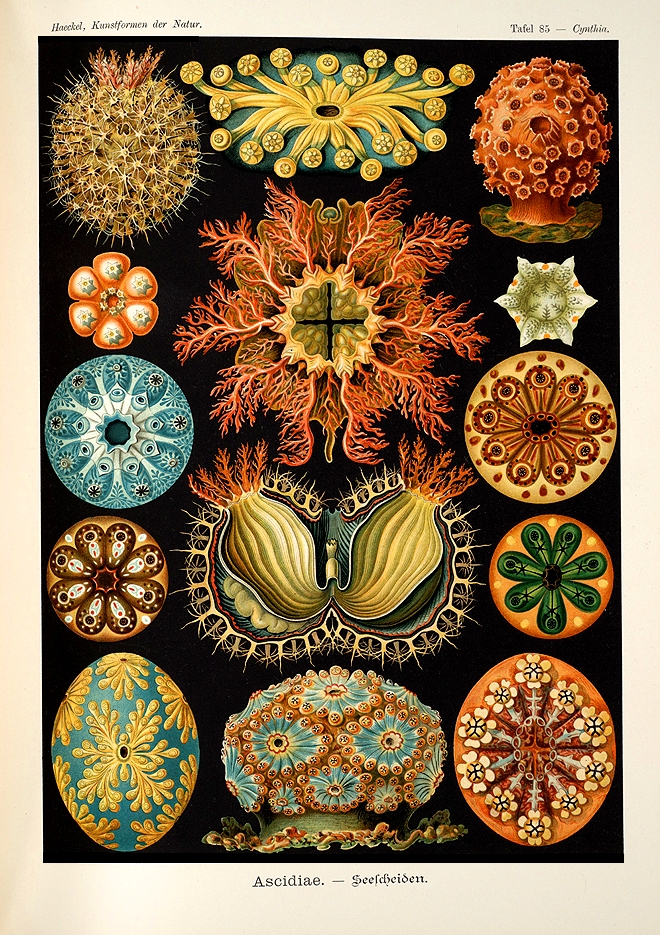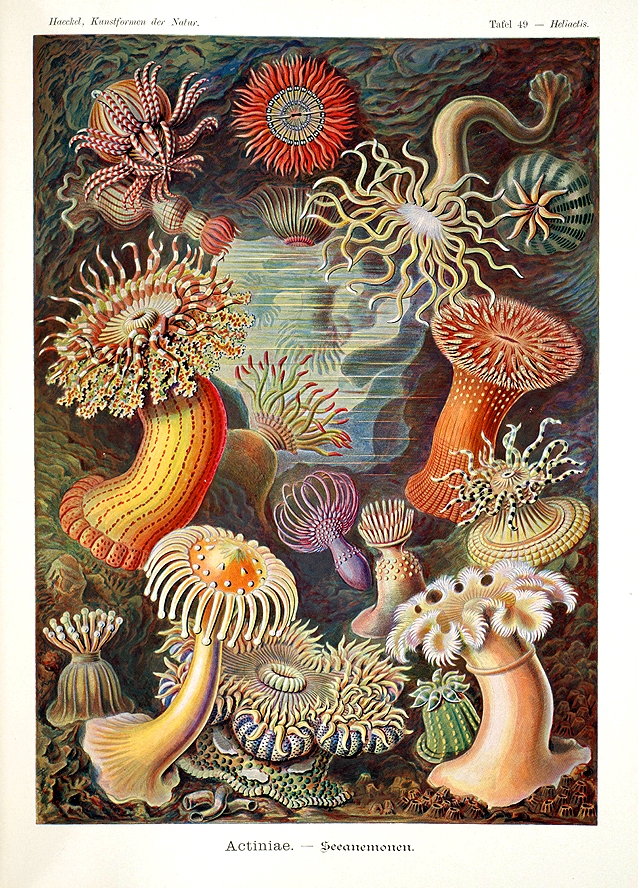Natural Process Art
400 readers
1 users here now
This community is for the display and discussion of artwork created by utilizing, depicting, or replicating one or more natural processes. These can include but are not limited to: chemistry, tidal forces, gravity, sediment deposition/erosion, lightning, organic processes, burning, eco-graffiti, pyro-chemography, fractal expressionism, photomicrography, colonization, etc!
founded 2 years ago
MODERATORS
1
2
3
4
5
6
7
8
9
10
11
12
13
14
15
16
17
18
19
20
21
5
Caitlin McCormack Crochets a Speculative Future in the Wake of Environmental Catastrophe
(www.thisiscolossal.com)
22
23
24
25
view more: next ›
